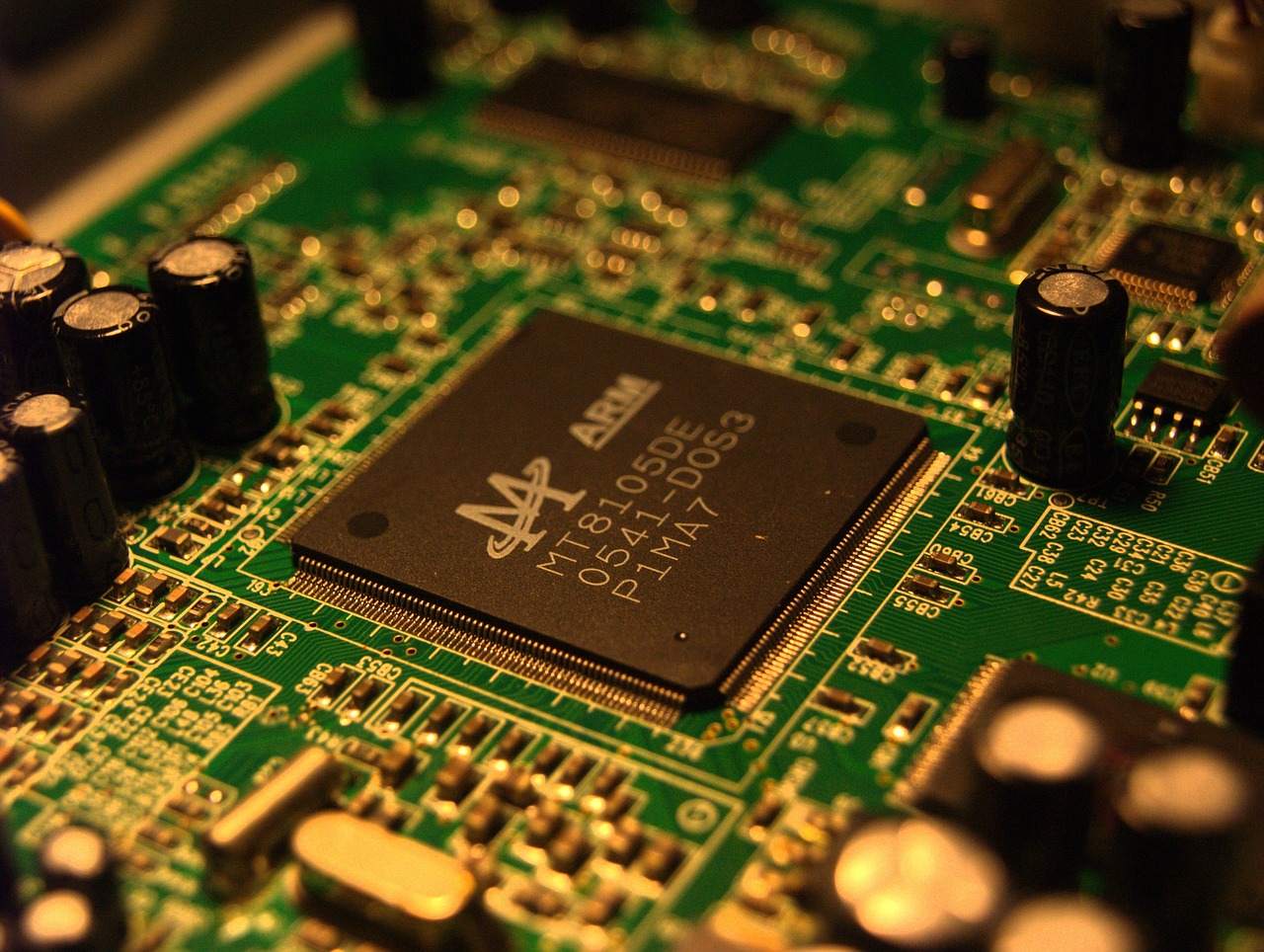Nanocrystals have emerged as a fascinating field of study, revolutionizing various scientific disciplines and opening up a world of possibilities in technology and medicine. These minuscule structures, typically measuring between 1 and 100 nanometers, exhibit unique properties and behaviors due to their size and composition. In this article, we will explore the fascinating world of nanocrystals, their applications, and the incredible impact they are making in different domains.
Understanding Nanocrystals
What are Nanocrystals?
Nanocrystals are tiny particles with a crystalline structure, consisting of a few hundred to a few thousand atoms. Unlike bulk materials, which have properties determined by their overall size, nanocrystals exhibit unique characteristics due to quantum confinement effects. These effects arise when the size of the material becomes comparable to the wavelength of its electrons, resulting in altered electronic, optical, magnetic, and catalytic properties.
Size and Structure
Nanocrystals typically range from 1 to 100 nanometers in size, offering a large surface-to-volume ratio. They can possess various crystal structures, including cubic, hexagonal, and tetragonal, depending on the material and synthesis method employed. The precise control of size, shape, and composition allows scientists to tailor nanocrystals for specific applications.
Properties and Behavior
Nanocrystals exhibit properties that differ from their bulk counterparts. These properties can include enhanced fluorescence, improved conductivity, increased reactivity, and altered mechanical strength. Additionally, their behavior is influenced by factors such as surface defects, surface energy, and interparticle interactions. By manipulating these properties, researchers can unlock a wide range of applications for nanocrystals.
Synthesis Methods of Nanocrystals
The synthesis of nanocrystals is a complex process that requires precise control over size, shape, and composition. Two common approaches are:
Bottom-Up Approach
The bottom-up approach involves the assembly of atoms or molecules to form larger structures. This method includes techniques like chemical precipitation, sol-gel synthesis, and hydrothermal synthesis. Bottom-up methods offer excellent control over size, shape, and composition, enabling the production of highly uniform nanocrystals.
Top-Down Approach
The top-down approach involves the reduction of larger materials into nanoscale particles. Techniques such as ball milling, lithography, and laser ablation are used to break down bulk materials into nanocrystals. Top-down methods are suitable for creating nanocrystals from existing materials but offer less control over size and shape compared to bottom-up approaches.
Self-Assembly Techniques
Self-assembly techniques utilize molecular interactions to guide the organization of nanocrystals into ordered structures. These methods include colloidal self-assembly, DNA-guided assembly, and block copolymer templating. Self-assembly allows for the creation of complex nanostructures with precise control over their arrangement and properties.
Nanocrystals in Electronics
Nanocrystals have opened up new possibilities in the field of electronics, enabling the development of advanced devices with improved performance.
Nanoelectronics
Nanocrystals find applications in nanoelectronic devices, such as transistors, memory devices, and sensors. By incorporating nanocrystals into these devices, researchers can enhance their speed, reduce power consumption, and improve overall efficiency.
Optoelectronics
Optoelectronic devices, which convert light into electrical signals or vice versa, can benefit from nanocrystals' unique properties. Nanocrystals are used in light-emitting diodes (LEDs), solar cells, and displays, enabling brighter, more energy-efficient, and flexible devices.
Energy Storage and Conversion
Nanocrystals play a crucial role in energy storage and conversion technologies. They are used in lithium-ion batteries, fuel cells, and supercapacitors, where their high surface area and tunable properties enhance energy storage capacity and improve performance.
Nanocrystals in Medicine
The field of medicine has embraced nanocrystals, leveraging their unique properties for various applications.
Diagnostic Imaging
Nanocrystals with fluorescent properties are employed in diagnostic imaging techniques such as fluorescence microscopy and bioimaging. These nanocrystals, also known as quantum dots, emit light of different wavelengths, allowing for precise imaging of cells, tissues, and even individual molecules.
Drug Delivery Systems
Nanocrystals offer a promising platform for targeted drug delivery. By encapsulating drugs within nanocrystals, researchers can enhance drug stability, improve bioavailability, and achieve controlled release. This approach ensures that drugs reach their intended targets more effectively, reducing side effects and improving therapeutic outcomes.
Therapeutic Applications
Nanocrystals are being explored for therapeutic applications, including cancer treatment, gene therapy, and regenerative medicine. They can be functionalized with specific molecules to target diseased cells, deliver therapeutic agents, or stimulate tissue regeneration, offering personalized and precise treatments.
Environmental Applications
Nanocrystals are also making significant contributions to environmental sustainability and pollution remediation.
Water Purification
Nanocrystals are utilized in water purification technologies to remove contaminants, toxins, and heavy metals. Their high surface area allows for efficient adsorption and catalytic degradation of pollutants, providing a cost-effective and environmentally friendly solution for clean water.
Catalysis
Nanocrystals act as catalysts in numerous chemical reactions, enabling faster reaction rates and reduced energy consumption. They find applications in the production of fuels, the conversion of greenhouse gases, and the synthesis of fine chemicals, contributing to greener and more sustainable processes.
Pollution Remediation
Nanocrystals are employed in the remediation of environmental pollutants, including air pollutants and soil contaminants. They can capture and degrade harmful substances, detoxify pollutants, and assist in the restoration of ecosystems, promoting a cleaner and healthier environment.
Challenges and Future Directions
While nanocrystals hold immense promise, several challenges need to be addressed for their widespread adoption.
Scalability and Manufacturing
Scaling up the synthesis of nanocrystals while maintaining their uniformity and quality is a significant challenge. Developing cost-effective and scalable manufacturing processes will be crucial to enable their integration into commercial applications.
Toxicity and Safety
Understanding the potential toxicity of nanocrystals is essential for their safe use. Researchers are actively investigating the biological effects and environmental impact of nanocrystals to ensure their responsible application and minimize any potential risks.
Nanocrystals offer a captivating glimpse into the wonders of the microscopic world. Their unique properties and applications across a broad spectrum of fields make them a subject of immense scientific interest and technological advancements. As we continue to unlock the potential of nanocrystals, we embark on a remarkable journey towards innovation, improved healthcare, sustainable energy solutions, and a more connected world.
FAQs
What are the key properties of nanocrystals?
Nanocrystals exhibit properties such as quantum confinement effects, high surface-to-volume ratios, and tunable optical, electrical, and magnetic properties.
In which fields are nanocrystals commonly used?
Nanocrystals find applications in electronics, optoelectronics, medicine, biotechnology, energy, catalysis, and everyday consumer products.
What is the quantum confinement effect in nanocrystals?
The quantum confinement effect refers to the shift in the electronic band structure of nanocrystals as their size decreases, leading to unique optical and electronic properties.
Are nanocrystals safe for use in consumer products?
The safety of nanocrystals is an important consideration. Extensive research is being conducted to evaluate their potential toxicity and ensure appropriate regulation.
What are the future prospects of nanocrystals?
With ongoing research, nanocrystals hold immense potential to revolutionize industries, including healthcare, energy, and environmental sustainability.
In conclusion, nanocrystals have opened up a world of possibilities at the microscopic level. Their unique properties, diverse applications, and future prospects make them a subject of fascination and innovation. As we continue to explore and understand nanocrystals, we pave the way for groundbreaking advancements that will shape our future.





 English (US) ·
English (US) ·